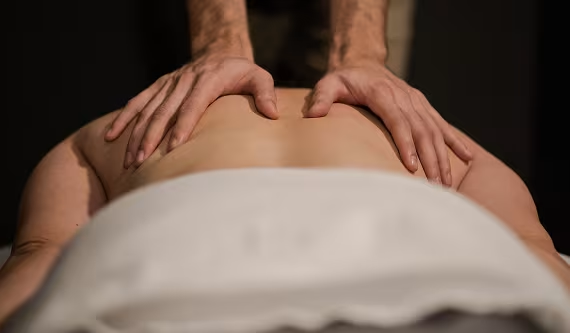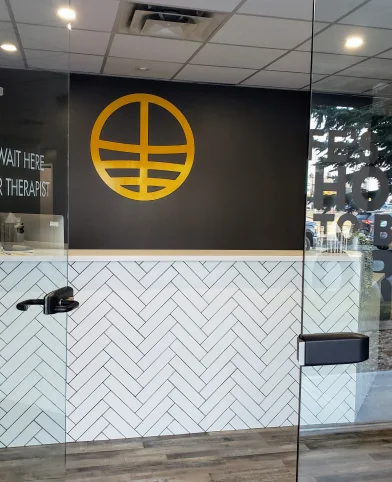If you suffer from chronic pain, stiffness, or restricted movement, Myofascial Release therapy may offer relief. This gentle, non-invasive technique focuses on releasing tension in the fascia, the connective tissue that surrounds and supports muscles and organs. In this article, we’ll explore the basics of Myofascial Release therapy, its benefits, techniques, and precautions to consider before undergoing this type of treatment.
What is Myofascial Release and how does it work?
Myofascial Release therapy is a manual technique that involves applying sustained pressure to the fascia, aiming to restore its natural elasticity and mobility. The fascia is a continuous, three-dimensional web of connective tissue that covers all muscles, bones, nerves, and organs in the body. When the fascia becomes tight or adhesion due to trauma, injury, or poor posture, it can compress nerves, muscles, and organs, leading to pain, stiffness, and dysfunction.
The goal of Myofascial Release therapy is to release these restrictions, promoting relaxation, improved circulation, and range of motion. This is achieved through the use of sustained pressure, stretching, and gentle massage techniques, such as skin rolling, sustained compression, and cross-hand release.
Common conditions that can benefit from Myofascial Release
Myofascial Release therapy is often used to treat a range of musculoskeletal and neurological conditions, including:
- Chronic pain: Myofascial Release can be helpful for individuals with chronic pain due to conditions such as fibromyalgia, arthritis, or back pain.
- Injuries: Myofascial Release can also aid in the healing of soft tissue injuries, such as sprains, strains, and tendonitis.
- Sports performance: Athletes may benefit from Myofascial Release to improve their flexibility, mobility, and recovery time.
- Postural problems: Individuals with poor posture, scoliosis, or other spinal abnormalities may find relief through Myofascial Release therapy.
Techniques and tools used in Myofascial Release therapy
Myofascial Release therapy is typically performed by a trained therapist, who may use their hands, elbows, or specialized tools to apply pressure to the fascia. Some common techniques include:
- Skin rolling: This involves gently lifting the skin and rolling it back and forth to release tension in the fascia.
- Sustained compression: The therapist applies steady pressure to a particular area, holding it for several minutes to allow the fascia to release.
- Cross-hand release: The therapist uses their hands to stretch the fascia in opposite directions, creating a gentle shearing force.
- Instrument-assisted release: Some therapists may use specialized tools, such as foam rollers or massage balls, to apply pressure to the fascia.
Precautions and Contraindications to consider before Myofascial Release Therapy
While Myofascial Release therapy is generally safe and well-tolerated, there are some precautions and contraindications to consider. For example, individuals with acute injuries, fractures, or infections should avoid Myofascial Release therapy until their condition has stabilized. People with blood clotting disorders, open wounds, or skin infections should also avoid this type of treatment.
In addition, Myofascial Release therapy should be performed by a trained and licensed therapist who has experience in this technique. It’s important to communicate any medical conditions or concerns with your therapist before starting treatment.
In conclusion, Myofascial Release therapy is a gentle and effective technique that can provide relief for a variety of conditions related to pain, stiffness, and restricted movement. By releasing tension in the fascia, Myofascial Release therapy can promote relaxation, improved circulation, and range of motion. However, it’s important to take into account the precautions and contraindications mentioned above and to always seek treatment from a qualified professional. By doing so, you can experience the many benefits of Myofascial Release therapy and unlock a more relaxed, pain-free, and healthier version of yourself.





